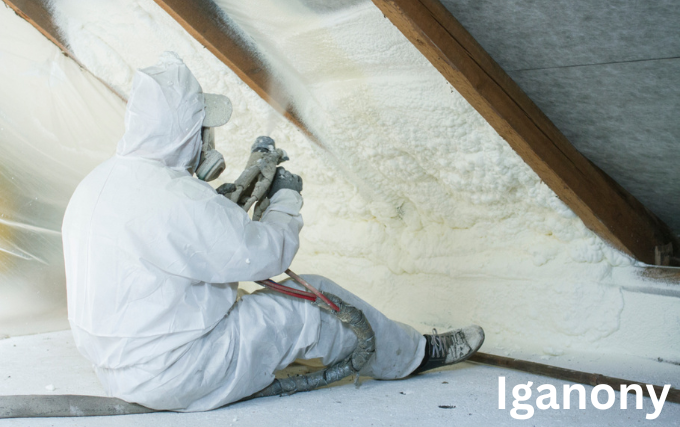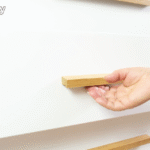Spray foam insulation used to be advertised as a new energy-efficient technology for modernizing houses in the UK. Nevertheless, in recent years, it has received increasing attention from property owners, mortgage lenders, and surveyors. Spray foam is more and more a factor preventing remortgaging, selling, or insuring houses. The problem that many homeowners are going through these days is that of its safe and proper removal.
Why Spray Foam Must Be Removed
Although now spray foam might still be operating as insulation, it can come as a red flag to property surveys. The primary issue is that spray foam may cover the roof timbers and allow moisture to get trapped, resulting in various potential condensation, moulds, and timber rot that may not be visible. It is not uncommon to find surveyors failing to determine the state of a roof in any structure that uses spray foam, which is a factor that makes lenders decline to give mortgages because of doubts about the integrity of the roof. Removal in numerous situations is the exclusive avenue that needs to be pursued in a sale or refinance.
Types of Spray Foam and Identification
To determine the foam that is to be used, it is important to identify the type of foam before its removal. They fall into two categories, namely, open-cell and closed-cell foam. The foam used in open-cell is less rigid, simpler to remove by hand, though it may absorb water, causing even more problems. Closed foam is denser and quite difficult to strip. Being aware of the kind of foam would assist the removal experts in setting their tasks properly and not destabilize the entire roof mechanism.
How Spray Foam Removal Works
Correct removal should entail the delicate and manual picking out of the foam layer by layer. The use of vacuum systems and tools by specialists weakens the bond between the foam and timbers and roofing felt without damaging anything. The roof space is to be completely cleaned after being removed to get rid of any residue. This should include a thorough examination to identify any lurking problems of damp, rot, or poor ventilation (which may have developed under the foam), and these situations should be remedied before the foam is laid.
Documentation is Key
As soon as the foam is pulled out, an official document, which in many cases is referred to as the Spray Foam Removal Certificate, should be presented to the homeowner. This must cover picture images showing the process of removing and assurances that the roof is clean, breathable, and presently free of the standards set in mortgage and building guidelines. In the absence of such a certificate, the mortgage lenders might yet be hesitant to move forward.
Timeframes and Costs
Depending on the area of the roof, the foam product used, and access, the duration of time and price to do the roof are quite different. Loft accommodations may require a day or two to be cleared, and larger premises may require three to five days. Prices can vary considerably—simple tasks might cost a few thousand dollars, while more substantial or complex jobs can exceed $8,000. Cheap or hurried jobs are dangerous and tend to leave remnants of the roof and roof abuses, and thus, caution should be taken when selecting the contractor.
Risks of Delaying Removal
Delaying action could lead to further damage to your property and result in significantly higher repair costs. Foam will progressively get difficult to eliminate because it will attach itself to timber, and the chances of developing moisture increase. The houses with spray foam are hard to sell, and the problem left unresolved can interfere with remortgaging initiatives or make the property lose value.
The selection of a competent specialist
Every contractor may not be knowledgeable in the process of spray foam removal, and some dishonest companies exploit ignorant homeowners. Property owners are advised to obtain more than one quote and check qualifications, request references, and make sure a certificate is available on completion to avoid being ripped off. Before signing up with any contractor, independent advice is also desirable.
Re-Insulation of the roof
Insulation should not be reapplied immediately after removal. While waiting for lender approval, homeowners are advised to consider breathable, non-adhesive insulation materials that maintain airflow and do not obstruct or delay upcoming roof inspections.
Conclusion
Once regarded as a long-term fix, spray foam insulation has now become a growing concern for many homeowners across the UK. It usually becomes necessary to remove it to sell or refinance a property, and it has to be dealt with by trained experts. Adequate documentation, careful planning, and re-insulation may help the property regain its original value in the market and make it conform to the demands of the lender. Spray foam removal is a situation that homeowners should act early on, consult with professionals, and not indulge in cost-cutting activities.







